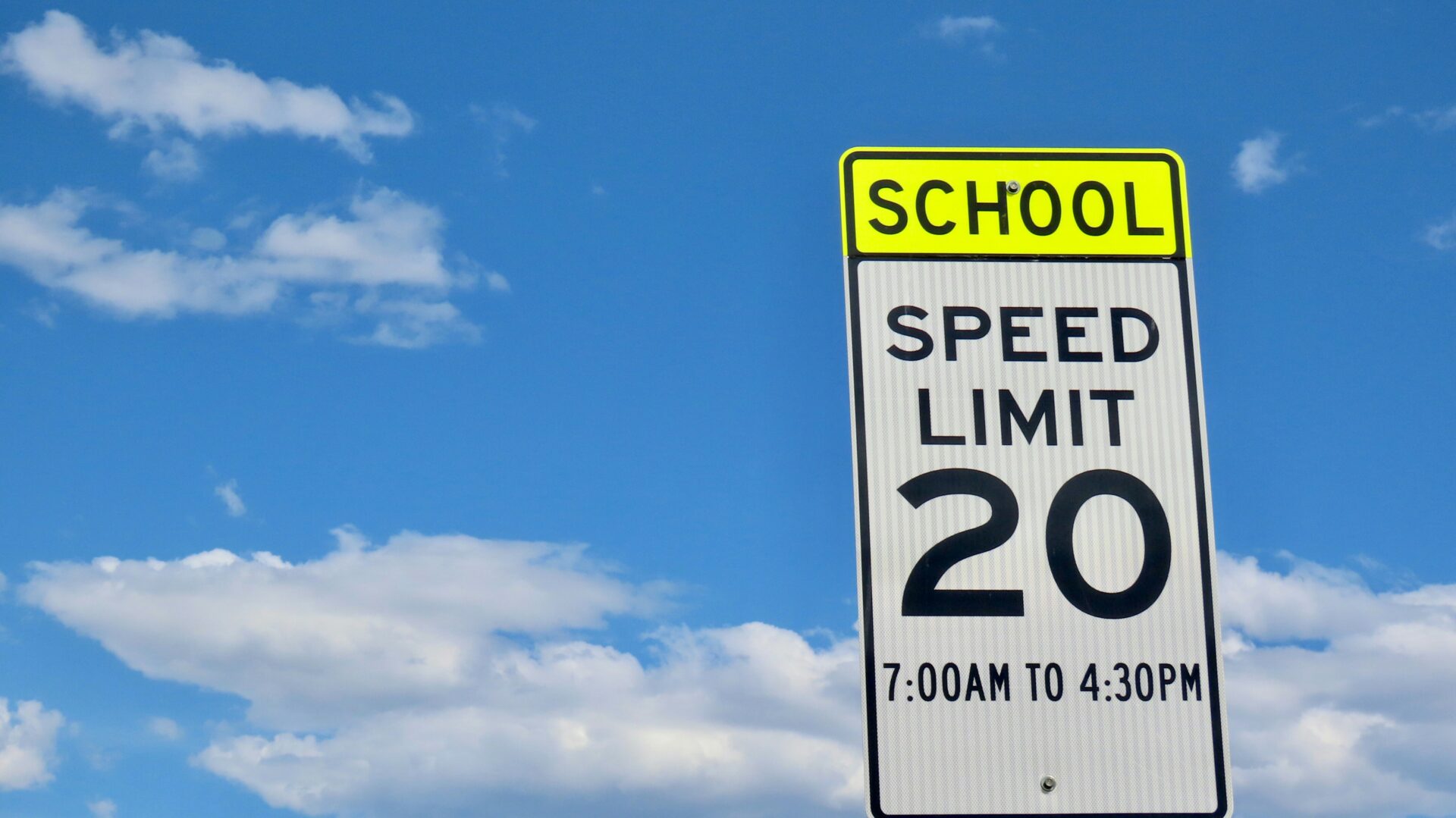As schools reopen, you’ll see flashing beacons, crossing guards, and lots more foot traffic around campuses. Knowing how school zones work in Tennessee helps you avoid tickets and, more importantly, protect students.
When is the school-zone speed limit in effect?
In Tennessee, local governments can set special school-zone speed limits on roads next to school grounds. By law those limits:
- Apply only when proper signs are posted and warning flashers are operating, and typically only while children are present. Tennessee General Assembly
- Are marked with standard School signs and School Speed Limit signs following the MUTCD (federal sign standards). You’ll also see END SCHOOL ZONE or END SCHOOL SPEED LIMIT signs at the far side. mutcd.fhwa.dot.gov
- Use flashing beacons that alternate; these beacons are installed and maintained under TDOT permitting and local authority. tdot.tn.gov
Bottom line: if the school-zone flashers are on (or the posted time window is active), slow to the posted school-zone speed and hold it until you pass the END SCHOOL ZONE sign.
Put the phone away in active school zones – and at all times
Tennessee’s Hands Free Law (Public Chapter 412, 2019) makes it illegal to hold a phone while driving. The state specifically highlights marked school zones for compliance and education. Expect stricter enforcement when flashers are active. tntrafficsafety.org
Yielding to pedestrians and crossing guards
Drivers must stop and yield to pedestrians in a crosswalk when signals aren’t in place or working, and remain stopped until the pedestrian has finished crossing your lane. Tennessee also ties this duty to areas with special speed limits (like school zones). Tennessee General Assembly
Federal guidance echoes the basics: follow posted school-zone speeds and yield to pedestrians in crosswalks as kids head back to class. NHTSA
Quick do’s and don’ts for drivers
Do
- Slow down early as you approach the zone; watch for the BEGIN and END school-zone signs. mutcd.fhwa.dot.gov
- Expect kids to appear from between parked cars or buses; cover the brake.
- Obey crossing guards and give them space to operate in the roadway.
- Leave extra room around school buses and never pass a bus with red lights and stop arm deployed (see our bus-safety post). NHTSA
Don’t
- Touch your phone. Use true hands-free or wait. tntrafficsafety.org
- Roll through crosswalks while people are still crossing. Stop and stay stopped until they finish. Tennessee General Assembly
- Accelerate back to the normal speed until you pass the END SCHOOL ZONE sign. mutcd.fhwa.dot.gov
Tips for parents and walkers
- Use marked crosswalks and make eye contact with drivers before crossing. NHTSA
- If your child bikes or walks, plan a route that uses crossings with signals or guards.
- Arrive a few minutes earlier for drop-off and pick-up to avoid rushing.
Related reads in this series
If you or a loved one was injured in a school-zone crash, Stillman & Friedland is here to help. Call 615-244-2111 or reach out through our online contact form.
Because we care,
Stillman & Friedland







